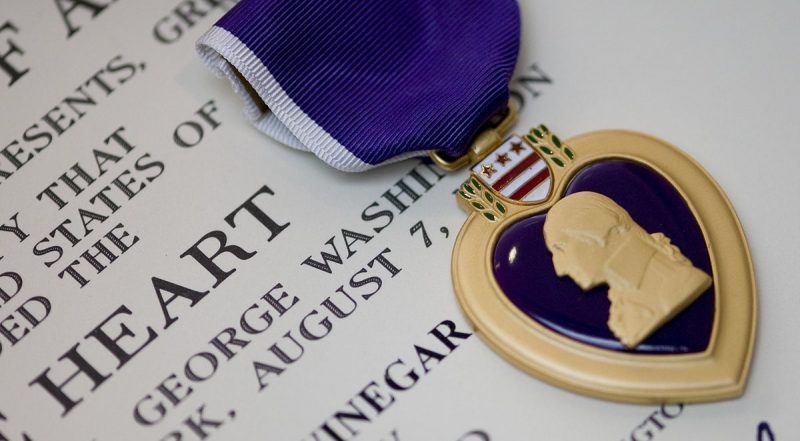Nowadays the Purple Heart is widely known as the medal given to members of the United States military who are injured or killed in action against an enemy of the United States. However, few people know that the distinction was first awarded by George Washington himself as the Badge of Military Merit.
The current form of the award was recreated between the World Wars, and towards the end of WWII around a half a million were produced in anticipation of an invasion of Japan.
Fortunately no such invasion was necessary, but those very medals continued to be awarded until recently, and are often brought up as a stark reminder of why the United States chose to use atomic bombs to end the war.
George Washington’s original Badge of Military Merit took the form of a purple heart made from cloth, and was awarded for meritorious service regardless of injuries. It was only awarded to three men by Washington himself, although he gave permission to some officers serving under him to award the badges as well.
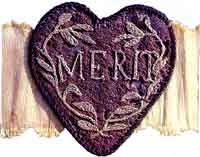
The award was never formally abandoned, although it would not be awarded again until 1934.
Reviving the Purple Heart
After his predecessor failed to convince Congress to revive the distinction, General Douglas MacArthur orchestrated the design of the modern Purple Heart. The task was assigned to Elizabeth Will, a civilian employee of the Quartermaster General and a heraldic specialist.
The Purple Heart was officially revived on February 22, 1932–George Washington’s 200th birthday–by a presidential executive order.
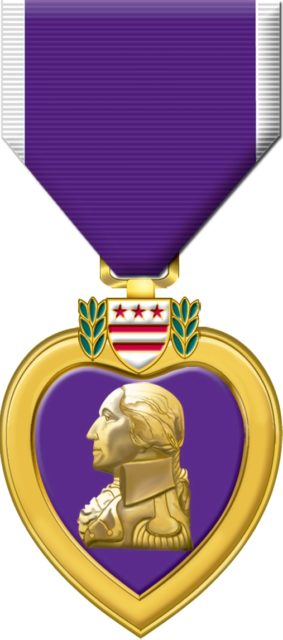
The design honors its lineage by including a profile bust of George Washington and the Washington family coat of arms. The medallion itself is 1-3/8 inches, heart-shaped, and made of copper and zinc. The heart itself is purple and has a gold border. On the reverse it reads “For Military Merit.” The medal hangs from a purple ribbon with white piping.
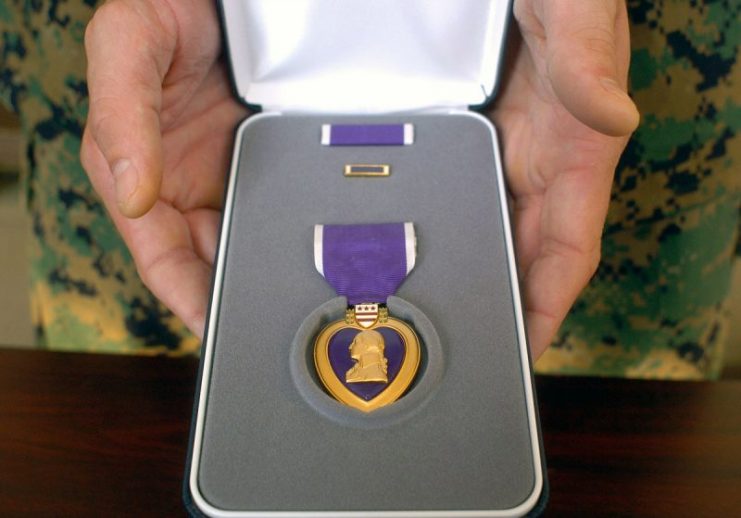
Who Should Receive the Purple Heart?
Although the distinction was revived in 1932, American veterans of WWI, and on rare occasions earlier wars, were eligible to retroactively receive the award by submitting proper paperwork and an application.
Until WWII the Purple Heart was awarded for meritorious service as well as wounds received from the enemy that “necessitated medical treatment.” The award in that time period also was not given to soldiers who were killed in combat, but only those wounded who had survived.
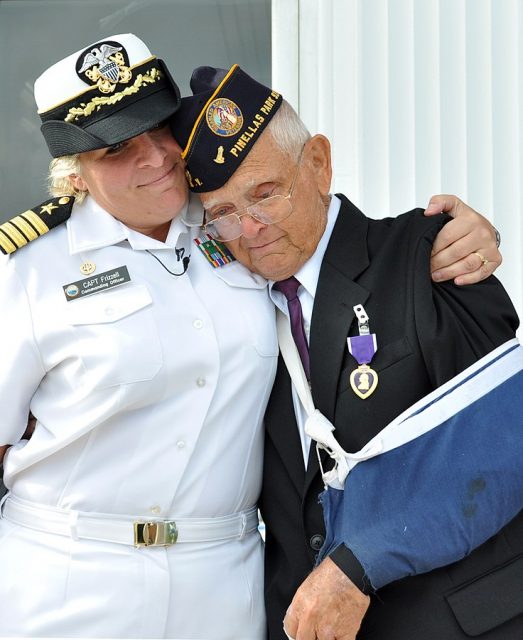
Although nearly 2 million Purple Hearts have been awarded, the process was not always well organized. Frequently, commanding officers would visit field hospitals and award the medallions by simply pinning them on the pillows of wounded soldiers, so formal records were not always accurate.
Some soldiers, eager to help their comrades in the fight, left hospitals as quickly as they could and so sometimes did not receive the medal.
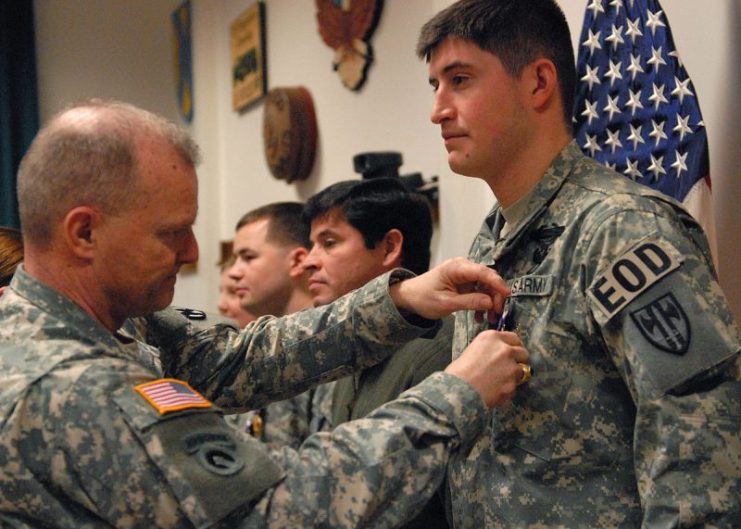
Unfortunately, even when records did exist, they were not always properly preserved. Most significantly, over 16 million records of military service were destroyed in the 1973 National Archives Fire, making it difficult to determine the validity of requests for retroactive Purple Hearts.
Combined with the fact that only some WWI veterans received them, it is difficult to say exactly how many Purple Hearts were awarded, and how many more should have been.
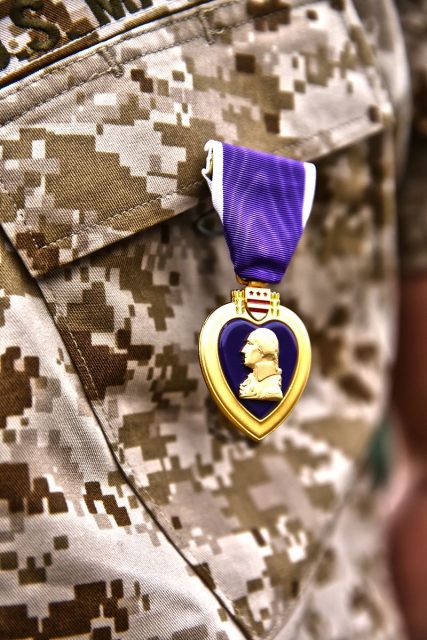
Second World War
The beginning of WWII marked a new era for the Purple Heart. Most of the Purple Hearts ever awarded were for injuries sustained during that war, and in 1942 President Roosevelt expanded their use to the entire military, rather than just the Army.
A total of around 1,500,000 Purple Hearts were made throughout the war. Around half a million of them were created in anticipation of the Allied invasion of Japan, and those awards and others left over from WWII continue to be used to this day.
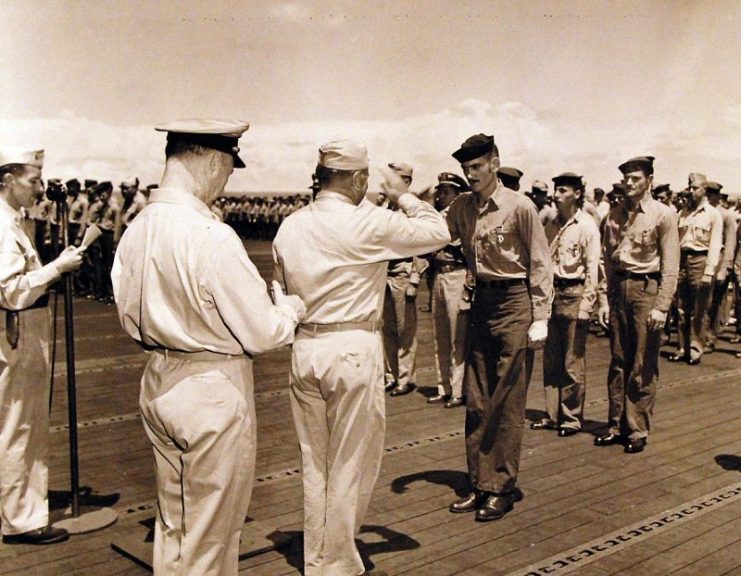
These half a million Purple Hearts in particular are historically significant, as they are a stark reminder of why the United States chose to use atomic weapons on Japan. Although whether the use of such weapons was appropriate or not is beyond the scope of this article, it is worth considering that the United States anticipated half a million American casualties alone, not counting those from other Allied nations.
That is almost exactly the number of American casualties from Korea, Vietnam, both Gulf Wars, and Afghanistan combined, although of course final numbers from the current Iraq and Afghanistan wars cannot be determined.
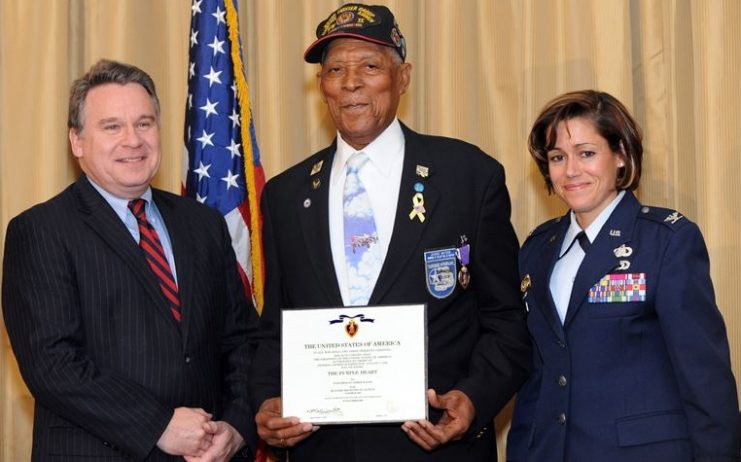
21st Century
It was only in 2000, just before U.S. involvement in Afghanistan, that more Purple Hearts had to be made. Even then it was not because the WWII stockpile had totally run out, but rather because it was finally starting to run low.
Since WWII a total of 34,000 new Purple Hearts have been ordered. However, many of the older ones were refurbished, though some that were found after being in storage for decades were declared unusable due to their seriously deteriorated condition.
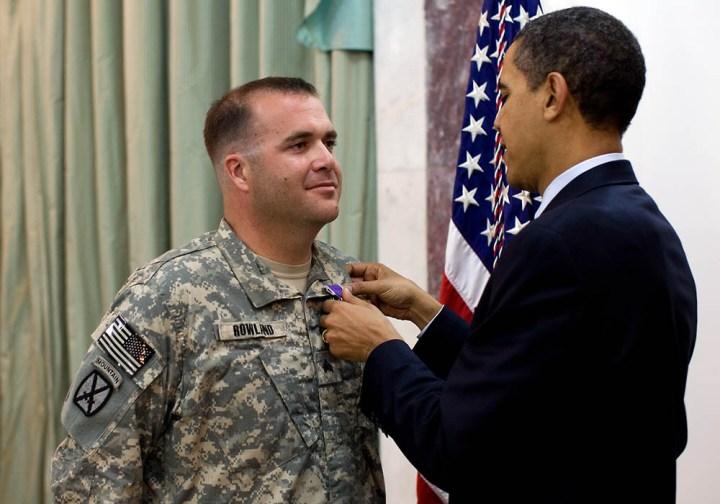
Although the standards for, and appearance of, the Purple Heart have changed over time, the award can clearly trace its lineage back to the formative days of the United States, and stands as an important part of American military history.
Read another story from us: 22 Facts You May Not Know About the Medal of Honor
There are numerous famous figures who have been awarded the Purple Heart over the years, including John McCain, John Kerry, and President John F. Kennedy.
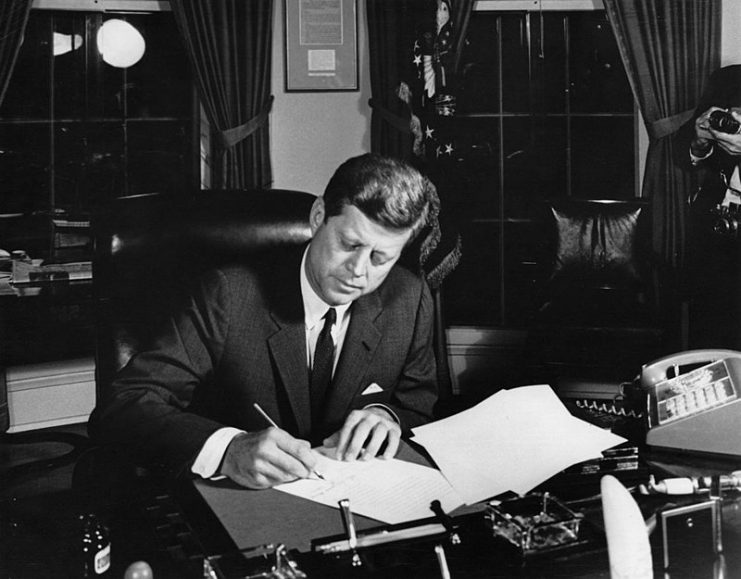
It is almost surreal to realize that veterans today may be receiving Purple Hearts made for their grandfathers. At least their grandfathers did not need them.
